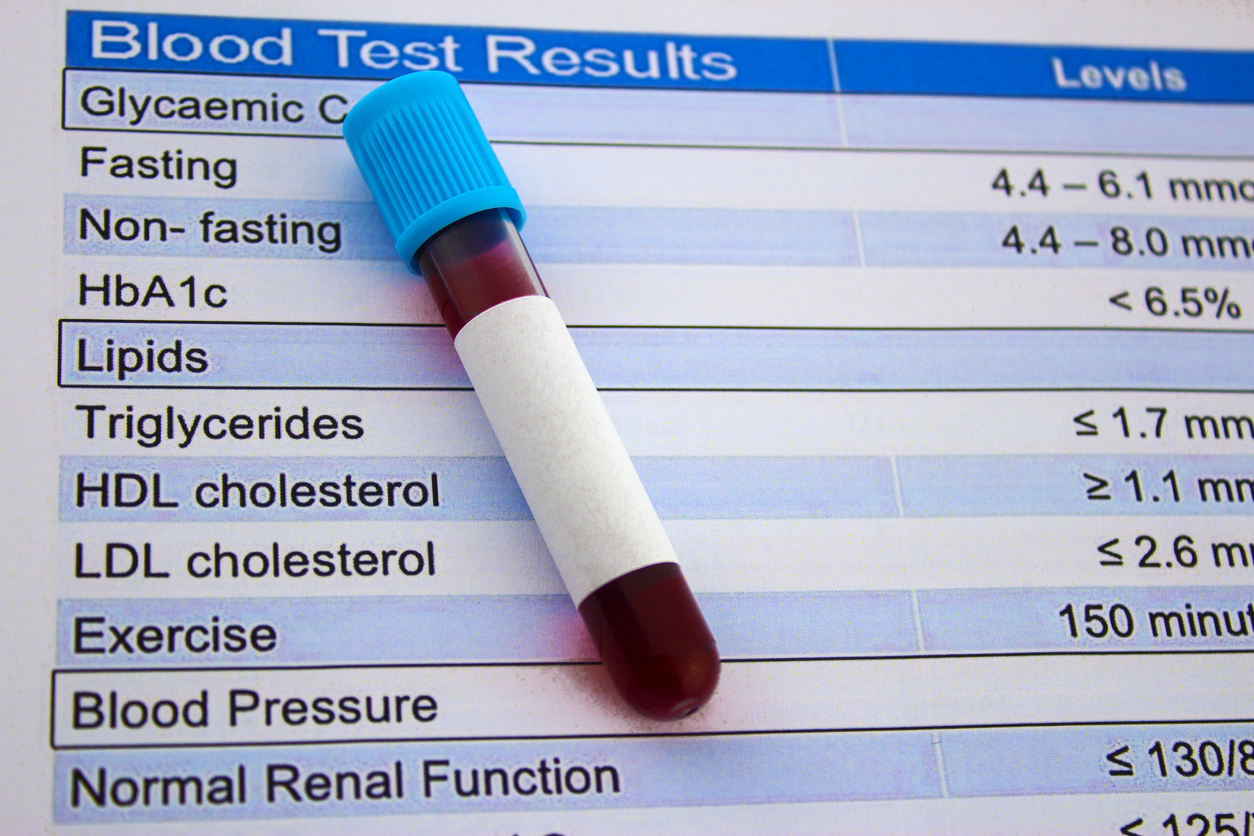
Several fast-spreading variants of severe acute respiratory syndrome coronavirus 2 (SARS-CoV-2) have become the dominant circulating strains in the COVID-19 pandemic.

“A year on I’ve been proven pretty much wrong on all of it,” Holmes says.

Joseph Allen runs a major public health research project at Harvard University, probing how indoor air quality affects human health and cognition




New research by an international team of scientists raises questions about the recommended treatment for neonatal sepsis in low- and middle-income countries (LMICs).

Chronic lymphocytic leukemia (CLL) is the most common leukemia in adults.1,2 Each year, approximately 20,000 Americans are diagnosed with CLL, with new cases at a rate of 4.9 per 100,000 in adult men and women.3









